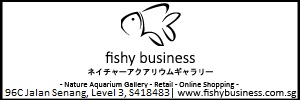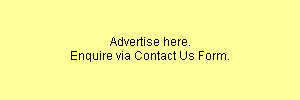I've run my planted arowana tank with 30ppm CO2 all the while and the fish was fine.
But I've observed that my arowana was slightly more sensitive to higher CO2 levels then it's tank mates, which are SAEs, tiger barbs, and otos. If I tweak the CO2 rate too high, it's the first to start skimming the surface. The other fishes do not seem to react at all.
It is not a extreme reaction like gasping or gulping air, but it changes it's swimming pattern such that it's only slightly below the water surface. This is the first sign that it's starting to feel uncomfortable breathing. All I need to do is tweak the CO2 back down and keep observing her until she stops the behaviour.
Precautions to take:
- Make sure you're around for most of the day to observe the fish whenever you change the CO2 levels.
- Make small gradual changes.
- Use a solenoid, so you don't have to worry about higher CO2 levels during the dark period.
Another thing to note, which not many people know. The arowana is a pretty primitive fish and their organs are not as advanced as more modern fishes. One really important organ of note is the liver. The arowana's liver cannot handle fish medication at the usual dosage levels. Shops normally half the dosage, if it's necessary to dose. Otherwise, use medication specific bottled for Arowanas. Most are ordinary fish medication, but I suspect the concentration or the recommended dosage have been reduced.











 Reply With Quote
Reply With Quote











Bookmarks